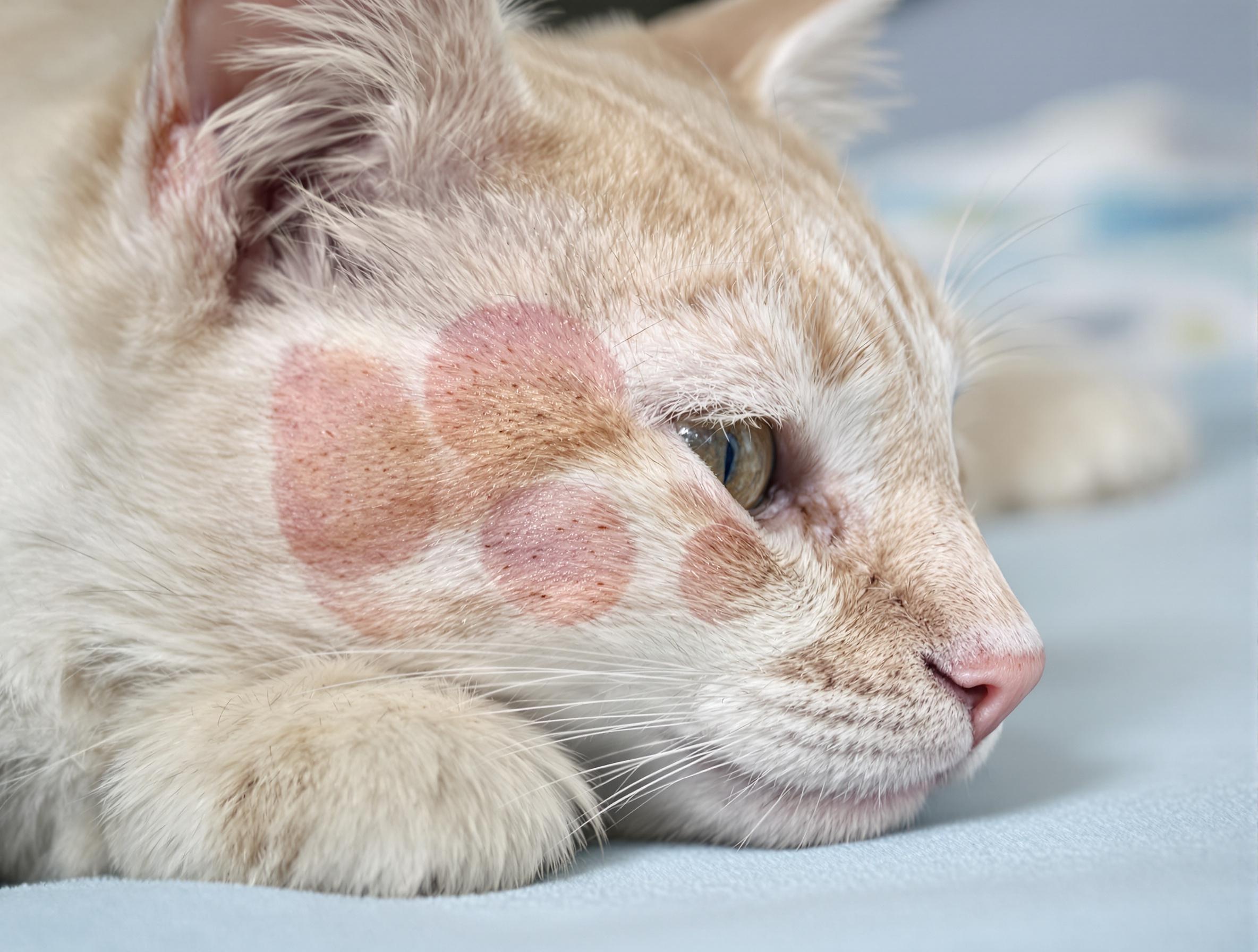Hypoglycemia in Cats: What’s Considered Low Blood Sugar in Cats?

Hypoglycemia in Pets: What’s Low Blood Sugar in Cats and Dogs?
Hypoglycemia is most commonly seen in pets with diabetes, but it can happen to non-diabetic animals too. In honor of National Diabetes Month, learn how to spot the signs of hypoglycemia, the possible causes, and what to do if your cat or dog’s blood sugar may be too low.
What is Hypoglycemia in Pets?
Hypoglycemia or low blood sugar, refers to when the glucose level in a cat or dog’s blood is too low to fuel the body’s processes, such as brain and heart function. Glucose is a form of energy the body derives from food, and it’s stored and produced in the liver.
Insulin, a hormone produced by the pancreas, is essential for helping cells take in glucose to use it as energy.
In diabetic pets, the pancreas either does not produce enough insulin (as with Type 1 diabetes, most common in dogs). Or, the body’s cells are not responsive to insulin, a phenomenon known as insulin resistance, which is what happens with Type 2 diabetes, more commonly seen in cats. With either type, glucose can remain in the blood, unable to enter cells, resulting in high blood sugar, or hyperglycemia.
Pets with diabetes may need insulin injections before meals to help them process glucose. But if a pet is given an overdose of insulin, or they do not eat enough, the cells will absorb too much glucose, and the liver will not produce enough of it, resulting in diabetic hypoglycemia.
In pets without diabetes, the liver produces glucose, and this prompts the pancreas to release insulin. But if they have not eaten enough, they may not produce enough glucose to fuel their body, and they can become hypoglycemic as a result.
Hypoglycemia in Puppies and Small Dogs
Kittens and puppies, especially toy breeds, are prone to hypoglycemia because their body may not yet be efficient at regulating their blood sugar. Also, they typically do not have body fat reserves to draw from when they’re running low on energy. Untreated intestinal worms, which are common in puppies and kittens, can also be a factor.
Exertional or Hunting Dog Hypoglycemia
In non-diabetic, healthy adult dogs, hypoglycemia is relatively uncommon. With regular meals, the body is efficient at balancing normal fluctuations in blood sugar.
But in highly active or athletic dogs, the body may burn up a lot of glucose in a short period of time, and they may go many hours between meals, especially if they are hyper-focused on an activity. Active dogs also tend to have little body fat to burn for extra energy. Exertional hypoglycemia, colloquially known as “hunting dog hypoglycemia,” is generally temporary and resolves once the dog has eaten. It’s typically only seen in pets that undergo extreme exercise, and can be prevented with regular breaks and snacks.
What Are The Symptoms of Hypoglycemia in Pets?
It’s normal for blood sugar to fluctuate throughout the day. When it’s almost time for a meal, feelings of hunger and shakiness are signs of low blood sugar levels. These early signs prompt pets (and people) to eat.
When a pet’s blood sugar dips below a normal range, they can experience moderate to severe symptoms of hypoglycemia:
- Lack of appetite
- Nausea and vomiting
- Weakness
- Confusion
- Collapsing
- Tremors or muscle twitching
- Fainting
- Seizures
- Coma
Hypoglycemia can be life-threatening. If your pet experiences severe or unexplained signs of hypoglycemia, or does not eat after you’ve given them insulin, seek emergency veterinary care.
What To Do If Your Pet Has Hypoglycemia – Diagnosis and Treatment
In very mild cases, in which your pet may seem a little shaky between meals, veterinary intervention might not be necessary. Your pet may feel better simply after they’ve finally eaten.
But if your pet has lost interest in food, may have had an insulin overdose, or experiences extreme symptoms like seizures, disorientation, loss of consciousness, or vomiting, or if they’ve never had a hypoglycemic episode before, it should be considered a medical emergency.
While you await veterinary care, you can raise your pet’s blood sugar with a quick source of glucose. Honey, sugar water, corn syrup, and maple syrup are all good for quickly raising blood sugar.
If your pet will not eat, or is not responsive, you can apply syrup to their gums, where it will be quickly absorbed into the bloodstream. If your pet is not conscious, use very small amounts to avoid aspiration.
Recurring Hypoglycemia in Pets
In non-diabetic pets, unexplained or recurring hypoglycemia is a sign of an underlying health issue. As glucose is produced by the liver, poisoning, liver disease, or liver damage can cause hypoglycemia.
An adrenal condition can prevent the body from producing hormones efficiently. Diseases like hypoadrenocorticism, or Addison’s disease, can cause recurring hypoglycemia in pets.





